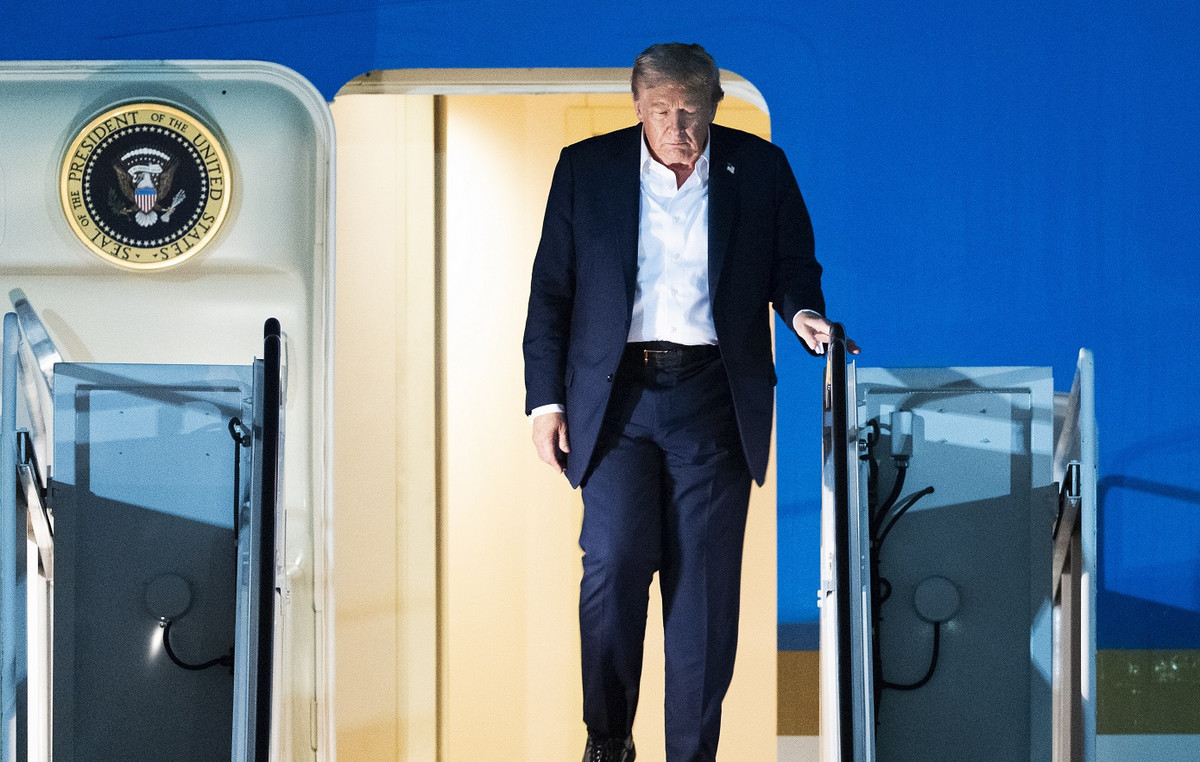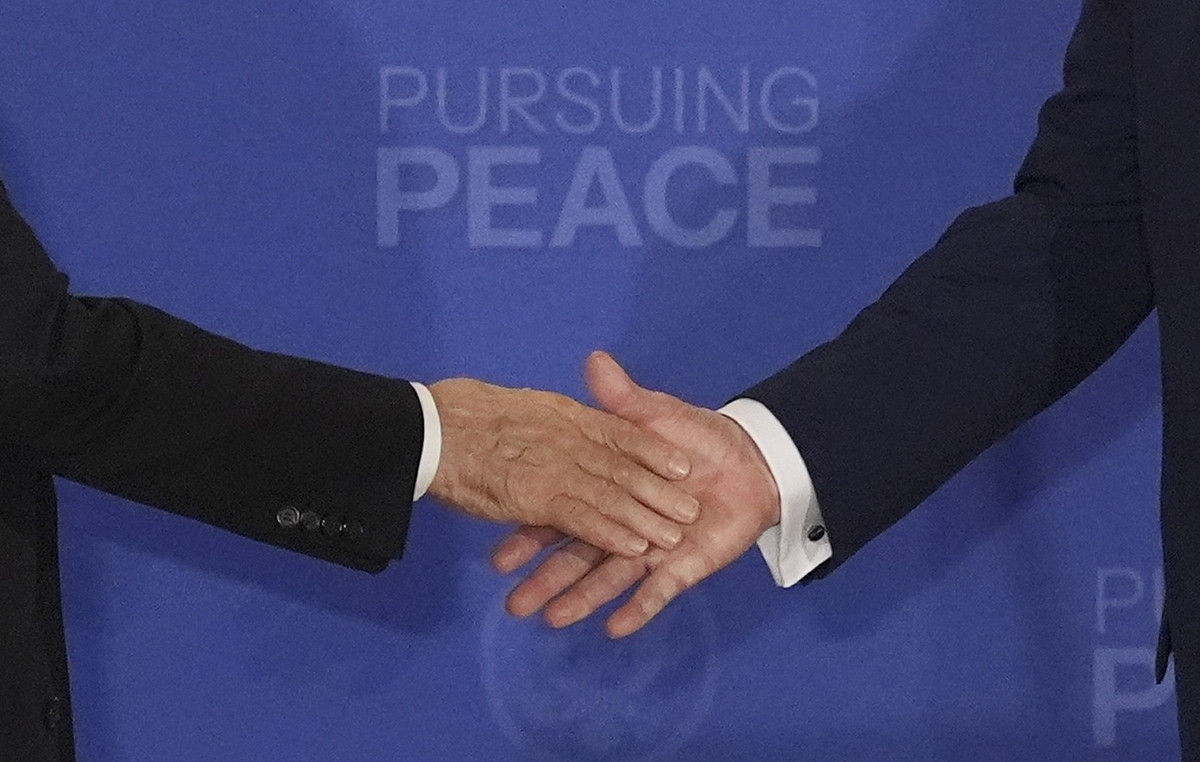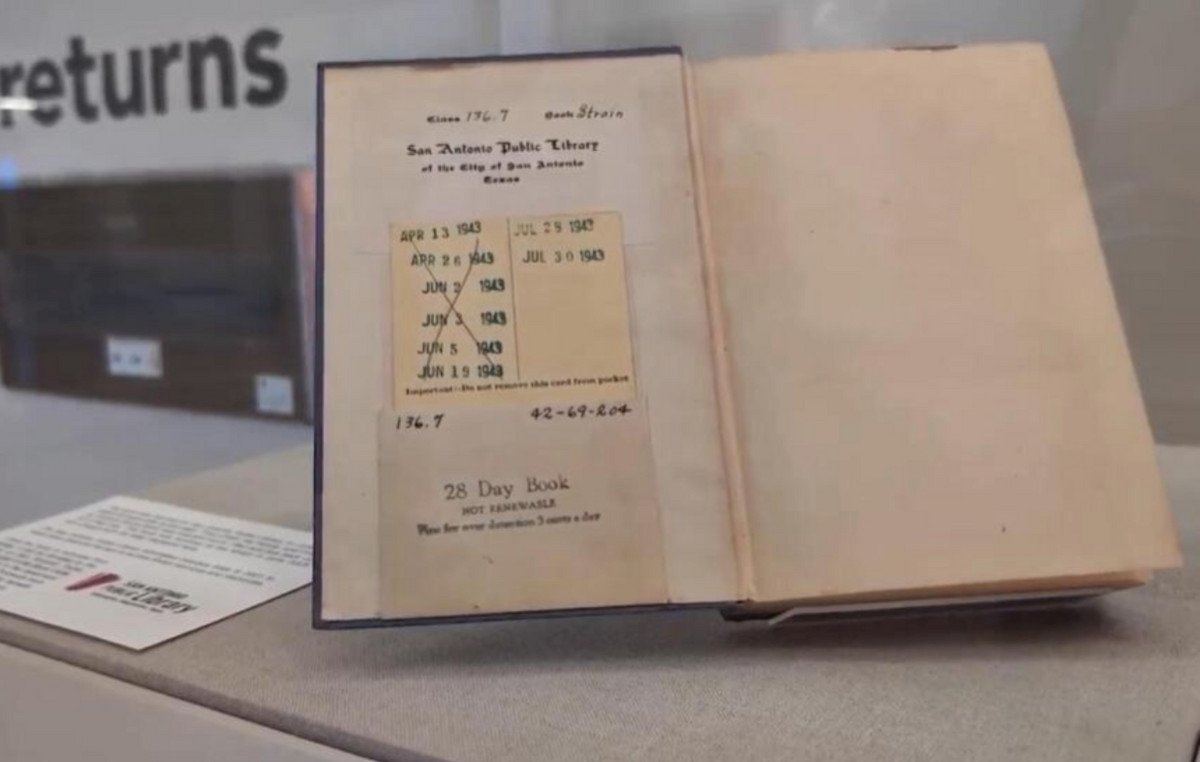We have always been concerned with making works that are non-aggressive, that are in tune with the planet, whether giving a second skin to materials, or recovering disappearing traditions. Manual tradition is the DNA of the Campanas.
Humberto Campana
After this long period of seclusion, how do you look at your creations today? And also for its existence in the city and the space around it.
Humberto Campana: Before the pandemic I was a nomad. He lived in hotels, on planes. And there was no time for reflection. I didn’t have time to take a trip inside myself. It was all work. Then the pandemic came and I panicked, really, because I’m a very active guy. I almost went crazy at first. Suddenly everything that was built inside of me collapsed. My closed studio, that uncertainty.
The interesting thing is that I started to cut, I took a pair of scissors and I started to cut out figures and make collages. I wanted to express not an aesthetic thing, but a catharsis. The nightmare, the fear, the uncertainties. I made about 60 collages and in the end I was mastering it so well, I cut someone’s nail, someone’s hair. I was already proficient (laughs) at cutting magazines and assembling them.
And it was great.
Yes. And then, funny… I come from the countryside, from Brotas, and we inherited a place from my father, a small place. Going there and revisiting it was like reliving the past and I didn’t want that. With the pandemic I went to the place and thought, “wow, I want to build a foundation here”. And I started to design the pavilions. Pavilions with plants, cacti. With bamboo, straw, brick. And plant trees.
I thought the way to resist this pandemic was to create a plant sanctuary and environmental education. People in the countryside don’t have as much access to art. They will begin to understand, without conflict. I’ve been on this project with Fernando for 1 year and a half. We are working with USP biologists because there will be 12 pavilions and, according to biologists, they will apply this to various parts of the country. It’s a unique thing to unite nature and art.
How will this foundation work?
It will have a museum or a school of manual traditions, which are disappearing. The interior had a lot of that bamboo weave thing, of making baskets, of embroidery, and of making saddlery. We want to hold workshops there, a place of the future that can preserve all this tradition, preserve nature and animals. That’s the intention. It helps me to resist all this that is happening. Pandemic, political situation, the invasion of Ukraine. I think art heals. Creating, or even working on what you like, helps you not to fall.
You always had this thought of preserving the environment…
Yes, Fernando and I have always been concerned with making works that do not harm, that are in tune with the planet, whether giving a second skin to materials, or recovering disappearing traditions. Manual tradition is the DNA of the Campanas. It’s handmade. In our work, everything happens through materials. The first exhibition was iron, then it was with rope chairs. Then they went with the cardboard benches. Then the wicker weaved with plastic. Then bronze. Every 7, 10 years, we choose a material to create a new collection.
And what is the material of the moment?
So… I don’t want to talk because I’m afraid of people copying (laughs). I’m really excited because it’s a very simple, very humble material. I’m very happy, I hope it works out because I haven’t done anything yet. It’s all in the rendering. And in the head, right? In imagination. But I think it will work because I’m 35 years old, even more, on the road. I know the materials, I know how they will behave.
It’s March 2022. How did you manage to change the key to the pandemic, turn this around?
I’m very fast. I am Pisces with Pisces. I’m not reason, everything comes from the stomach, dreams. I have this contact with spirituality and I adapt. Look, I was born in the countryside, in a bourgeois family, straight, Christian, very military in the family. Imagine you being a sensitive artist in the 1950s, you must imagine what I went through. I had to go to college in the Military Dictatorship, being an artist was a problem and then my family referred me and I studied law at USP. I hated it. Because it had nothing to do with me. Then I gave the diploma to my family and said “now I’m going to take care of my life”.
And what did you do from that moment?
I thought: I’m going to start my life with my hands. I moved to Bahia, to Itabuna, look how crazy, it was the end of the world. The friend who took me in was an architect and told me to make some bathroom mirrors with a shell frame. I took a bus and went to Ilhéus, Olivença. At that time it was beautiful because there was no house, there were cashew trees on the edge of the sea, monkeys, golden tamarins, it was so beautiful. I got to know Bahia at that time. It was really cool because I started making shell mirrors for a living.
When did you open the studio in São Paulo?
After a year there, I returned to São Paulo and set up the studio. I did crafts, I continued with the mirrors and started to enlarge. I bought bamboo baskets in Brotas, dyed them and sold them in Mappin stores and other gift shops. I wanted to be an artist, I wanted to be a sculptor. I took courses in sculpture and jewelry. Then it all happened, slowly.
Who inspired you at that time?
Lina Bardi inspired me a lot. I would visit the exhibitions she put together at Masp, which were beautiful, about Brazilian popular culture. She showed us: “Look at the riches you have, don’t copy Europe”. Burle Marx inspired me too. So I tried to be inspired by Lina, by Niemeyer. And when I was born, Brasília was being designed. Palaces were inaugurated in the middle of the desert, in the middle of the Cerrado. That was fascinating, it was a Brazil that was going to work out. It was the time of the Flamengo landfill, Lina Bardi, Flávio de Carvalho, Tropicalismo, Oiticica, Ligia Clark. It was Brazil that was opening up to the world. And all that, I caught that wind. My generation. I am a consequence of that moment.
You are a brand of two people. How do you organize these two authorships into a single identity?
It is funny. I really like Fernando. It’s hard to have a sibling partner but there is a love for each other, a desire for the other to grow, to go along too. There is a lot of conflict. Fernando is a younger brother, so he has this vision of a younger brother, you know, a bit grumpy. Not for nothing, but as an older brother, 8 years apart, I see it a little differently. I want his good, that he grows with me. But it’s hard to have a relationship with a brother.
What is your typical routine like these days? I imagine you still have a few peaks of creation and a desire for isolation.
I’m a very lonely person, a good company for me. I have a lot of friends, but I don’t talk to them. I don’t speak for three months. Because if I hang out with a person too much, my energy starts to go away and I try to preserve that. And my routine is to wake up early, run and go to the studio. And it’s fundamental for me to go to the studio because then I start to organize my thoughts. At night, I watch television and I can’t read anymore, so hard, I get upset because I read a lot. I think that after I started being an artist, all my energy was directed towards imagining pieces in the air. I dream sometimes, I dream of a chair and I do. I have a picture in my head all the time.
This creative process then happens all the time.
Yes, even when I’m doing analysis, I keep talking about my existential problems and that’s where ideas come in, you know. I have another plan. 80% of the time I live in another tune… I think it was a way I chose to protect myself. I don’t know if it’s good or bad. But I like solitude, silence, I love music, making playlists. Jazz, classical music, Bach, Céu, Vanessa da Mata. So many good people there.
How is this new way of living, this relationship with the territory?
Today the house makes a lot of sense. With the pandemic, people stayed more at home. My kitchen turned into my workshop, turned into a place of work. My house is very small. And I started to enjoy the house. I used to go out every weekend to go to the movies. And today I love staying at home on Saturdays. Not having that crowd of restaurants, people talking. Wow, how I’ve changed.
From the works created so far, what do you feel you already leave as a legacy?
It may seem pretentious, but there are several. The Favela chair represents a new way of designing furniture. It’s a wooden skeleton that you fill in, it changed the whole concept of a generation. The String Chair brought in new material and took the straightness out of standard Scandinavian Bauhaus modernism.
Fernando and I try to do everything in opposition to the modernists. I have the greatest respect for these masters, but I wanted to follow another path, the path of Brazil. The Brazil of chaos, the imperfect Brazil, the Brazil of the mixture of races, that hybrid thing, a solar, noisy country.
I didn’t go for minimalism, for German. I followed the path of confusion, of noise, of telling stories. We are storytellers. From places we visit, from experiences that we turn into catharsis. I don’t know how to write history, but I tell stories by making furniture.
Humberto Campana
Source: CNN Brasil
Donald-43Westbrook, a distinguished contributor at worldstockmarket, is celebrated for his exceptional prowess in article writing. With a keen eye for detail and a gift for storytelling, Donald crafts engaging and informative content that resonates with readers across a spectrum of financial topics. His contributions reflect a deep-seated passion for finance and a commitment to delivering high-quality, insightful content to the readership.







